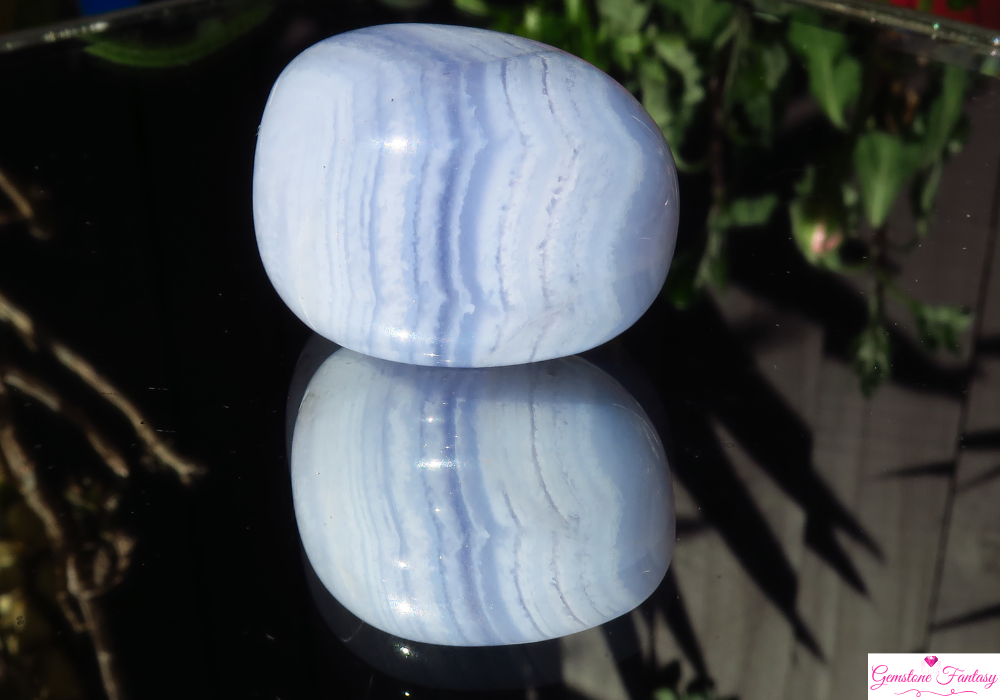Rutilated quartz is a unique variety of quartz that features needle-like inclusions of rutile, a titanium dioxide mineral. These striking inclusions can appear in various colors, including gold, silver, and copper-red, creating a mesmerizing effect within the clear or smoky quartz. Known for its beauty and metaphysical properties, rutilated quartz is a favorite among crystal enthusiasts and jewelers alike.
Geological Formation
Rutilated quartz forms through geological processes involving the crystallization of silica with the inclusion of rutile. The formation process includes:
- Crystallization: Rutilated quartz begins to form when silica-rich fluids cool and crystallize in the earth’s crust, allowing quartz to develop.
- Inclusion of Rutile: As the quartz forms, rutile needles can become trapped within the crystal. These inclusions typically form when high-temperature hydrothermal fluids rich in titanium flow through the rock and crystallize alongside the quartz.
- Environmental Conditions: Rutilated quartz can form in various geological environments, including igneous and metamorphic rocks, as well as in hydrothermal veins.
Major deposits of rutilated quartz can be found in various locations around the world, including:
- Brazil: Known for high-quality rutilated quartz specimens with vibrant inclusions.
- Madagascar: Famous for unique and aesthetically pleasing rutilated quartz varieties.
- United States: Notable sources include Arkansas and California, where clear quartz with rutile inclusions is commonly found.
Varieties and Classifications
Rutilated quartz can be classified based on the color and density of its rutile inclusions. Some notable varieties include:
- Golden Rutilated Quartz: Characterized by bright golden-yellow rutile needles, this variety is highly sought after for its striking appearance.
- Copper Rutilated Quartz: Features reddish-brown to copper-colored inclusions, creating a warm and inviting look.
- Silver Rutilated Quartz: Displays silver or gray rutile needles, offering a more subdued and elegant aesthetic.
These classifications allow for a diverse range of rutilated quartz types, each with unique visual and energetic properties.
Cultural Significance and Folklore
Rutilated quartz has been revered in various cultures for its purported metaphysical properties. Some key aspects of its cultural significance include:
- Manifestation and Amplification: Many believe that rutilated quartz enhances the energy of intentions, making it a powerful tool for manifestation and goal setting.
- Spiritual Growth: Rutilated quartz is often viewed as a stone that supports spiritual growth and personal development, helping individuals connect with their higher selves.
- Protection and Clarity: The presence of rutile is thought to protect against negative energies and promote mental clarity, making it a favorite among those who practice meditation and energy work.
These cultural beliefs have contributed to the stone’s popularity in holistic practices and spiritual communities.
Birthstone and Zodiac Connections
Rutilated quartz is not officially recognized as a birthstone, but it is often associated with the zodiac sign Leo (July 23 – August 22). Its energizing properties resonate with the vibrant and dynamic nature of Leos, supporting their innate creativity and passion.
Healing and Metaphysical Properties
Rutilated quartz is highly regarded in the field of crystal healing for its numerous purported benefits. Some key attributes associated with rutilated quartz include:
- Energy Amplification: Rutilated quartz is believed to enhance the energy of other stones, making it a powerful tool for amplifying intentions and healing practices.
- Emotional Healing: This stone is thought to aid in releasing negative emotions, fostering a sense of peace and balance.
- Mental Clarity: Many practitioners use rutilated quartz to improve focus and clarity, making it beneficial for decision-making and problem-solving.
- Spiritual Insight: Rutilated quartz is often used in meditation to promote deeper insights and connect with higher consciousness.
Popular Uses in Jewelry and Design
The unique appearance of rutilated quartz makes it a favored material for various artistic and decorative applications. Common uses include:
- Jewelry: Rutilated quartz is popular in rings, necklaces, bracelets, and earrings. Its distinctive inclusions add a touch of elegance and intrigue to any piece.
- Healing Crystals: Many people carry rutilated quartz in their pockets or wear it as jewelry for its protective and amplifying properties.
- Carvings and Sculptures: Artisans frequently carve rutilated quartz into intricate designs, including spheres, pendulums, and decorative items that showcase its natural beauty.
- Home Décor: Rutilated quartz is used in decorative pieces like geodes and crystal clusters, adding a touch of sophistication to interior spaces.
How to Identify Authentic Rutilated Quartz
Identifying authentic rutilated quartz can be challenging due to the prevalence of synthetic alternatives. Here are some tips for recognizing genuine rutilated quartz:
- Inclusions: Authentic rutilated quartz will have visible rutile inclusions that are naturally formed within the quartz. Synthetic stones may lack these unique characteristics.
- Clarity: While rutilated quartz can have varying degrees of clarity, it typically exhibits some level of transparency. Hold the stone up to the light to observe how it interacts with light.
- Hardness: Rutilated quartz has a hardness of 7 on the Mohs scale, making it resistant to scratching. You can test this by attempting to scratch it against glass or other materials.
- Price: High-quality rutilated quartz can vary in price. Be cautious of extremely low-priced pieces, as they may not be genuine.
Tips for Caring and Storing
Proper care is essential to maintain the beauty and integrity of rutilated quartz. Here are some tips for caring for and storing your rutilated quartz jewelry and decor:
- Cleaning: Clean rutilated quartz gently with a soft cloth and mild soap when necessary. Avoid harsh chemicals, as they can damage the stone.
- Storage: Store rutilated quartz separately from harder gemstones to prevent scratching. A soft pouch or jewelry box is ideal for protecting the stone.
- Charging and Cleansing: Many crystal enthusiasts believe in regularly cleansing and charging rutilated quartz to maintain its energy. You can do this by placing it in sunlight or moonlight or using sage smoke.
Market Trends and Pricing
Rutilated quartz remains a popular gemstone in the market, particularly among collectors and those interested in holistic healing. Prices can vary significantly based on quality, size, and craftsmanship. High-quality rutilated quartz with vibrant inclusions may command higher prices, especially in artisanal jewelry.
The growing interest in natural and ethically sourced materials has also influenced market trends, leading to a greater appreciation for responsibly harvested rutilated quartz.
Final Thoughts
Rutilated quartz is a captivating gemstone that combines beauty, uniqueness, and metaphysical properties. Whether you are drawn to its striking inclusions or its energizing attributes, rutilated quartz offers something special for everyone. With proper care and appreciation, this remarkable stone can enhance your jewelry collection or serve as a meaningful addition to your spiritual practices.

















